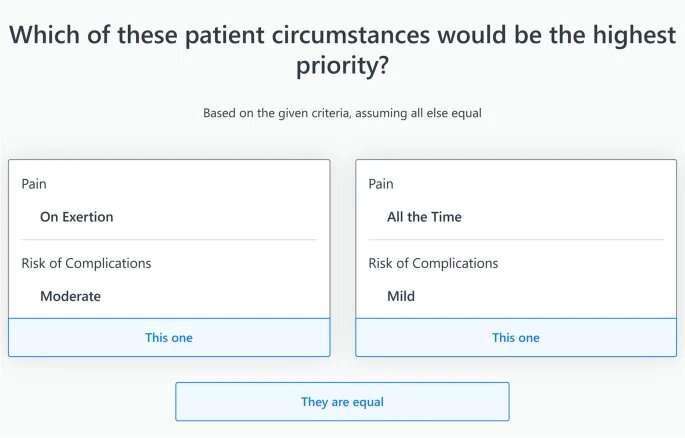This article has been reviewed according to Science X's editorial process and policies. Editors have highlighted the following attributes while ensuring the content's credibility:
fact-checked
trusted source
proofread
Mathematical model aims to cut elective surgery waiting lists

A collaborative research project has proposed a new way of studying elective surgery waits with a mathematical algorithm that has the potential to significantly transform the management of surgical waiting lists.
The research, published in the journal Health Care Management Science, is a collaboration between the Queensland University of Technology and Sunshine Coast University Hospital.
The researchers from the QUT Center for Data Science are lead author Jack Powers, Associate Professor Paul Corry, and Professor James McGree, and the collaborators from Sunshine Coast University Hospital are surgeons Dr. Ratna Aseervatham and Dr. David Grieve, and clinical nurse consultant Suzanne Ryan.
Mr. Powers said the current system to prioritize elective surgeries places patients on a waiting list by assigning them into one of three urgency categories, based on a recommended treatment time of 30 days, 90 days or one year.
"With more patients than ever needing care within Australian hospitals, our research investigates how we can develop solutions that will support waiting lists into the future.
Mr. Powers said that the research looks at how relevant health data can be used to inform patient prioritization decisions.
"We propose a fundamentally different method to prioritize elective surgery waiting lists, compared to the current three-category system. This method uses a dynamic priority scoring (DPS) system to rank elective surgery patients across a number of factors," Mr. Powers said.
"Essentially, it uses a mathematical formula that incorporates waiting time and clinical factors associated with a patient's condition to produce a priority score.
"Such a system would enable patients to progress on the waiting list at a rate relative to their clinical need.
"This system would improve the clinical assessment process and improve the efficiency of waiting list management."
The researchers developed a simulation model using historical waiting list data and found that their system resulted in improved waiting time consistency for patients of similar clinical needs while ensuring those of higher priority experienced shorter waiting times.
Mr. Powers said the catalyst for this research was when their Sunshine Coast University Hospital collaborators Dr. Aseervatham, Dr. Grieve and Ms Ryan identified a gap between the clinical assessment process and the administrative process of booking patients for surgery.
"Patients are always at the center of what we do, so research like this helps patients receive the care they need, when they need it," Dr. Aseervatham said.
"We are committed to ensuring patients are seen within clinically recommended timeframes and the dynamic priority scoring (DPS) system will help us to assess our patients and their urgency for surgery."
Associate Professor Paul Corry emphasized the value of the industry partnership between QUT and Sunshine Coast University Hospital.
"This joint project is a great example of what can be achieved through cross-disciplinary collaboration between mathematicians and clinicians. It has provided a great opportunity for Jack to undertake Higher Degree Research with a real-world motivation in a way that fosters innovative thinking to create a positive impact for the healthcare sector," he said
The paper, "Managing surgical waiting lists through dynamic priority scoring," was published in Health Care Management Science.
More information: Jack Powers et al, Managing surgical waiting lists through dynamic priority scoring, Health Care Management Science (2023). DOI: 10.1007/s10729-023-09648-1





















